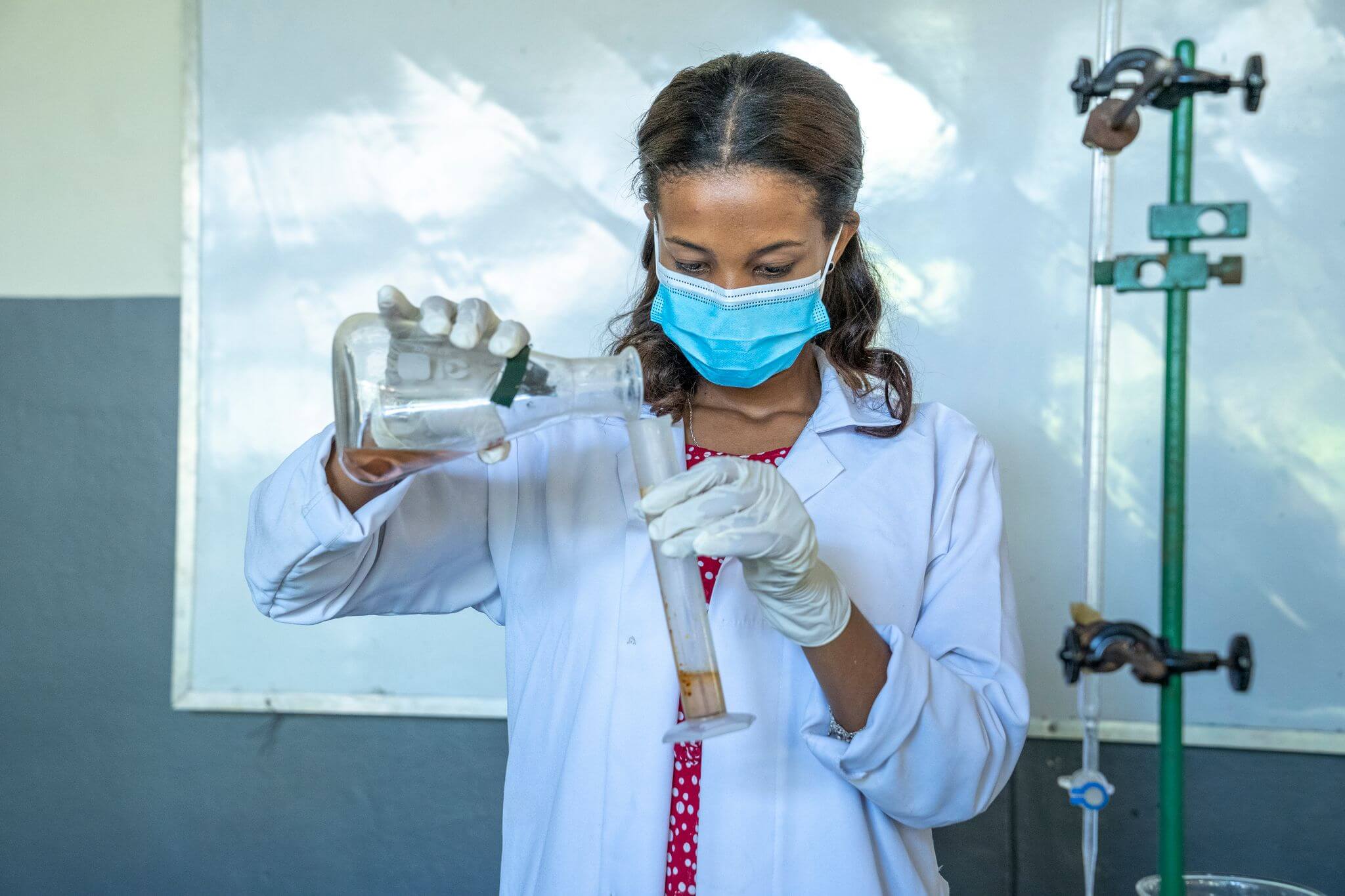Electrical engineer Afomia Adnualem and her team developed both the process and key machinery required to turn crop waste into sturdy and reliable packaging.
While plastic waste is a global concern, Ethiopia in particular is Africa’s biggest importer of plastic as a raw material. While research on the scale of the problem is limited, there is evidence that the country’s plastic use per capita has nearly tripled in the last decade. Existing paper-based packaging reduces the use of plastic, but depends on trees as raw material and petroleum-based energy sources for production. Agelgil eco-packaging aims to provide a more sustainable option by using agricultural by-products and clean energy sources.
Andualem and her team did not set about creating Agelgil only to reduce plastic use and deforestation, but also to find use for agricultural waste. An estimated 85% of Ethiopians are engaged in farming, and while crop waste such as rice, barley and wheat straw and sugarcane bagasse are often used to create biomass for heating or cooking, a lot of it is also burnt to make way for new crops. The Agelgil team sources crop waste and water hyacinth, a highly invasive plant, from farms around them, providing farmers and communities with additional income streams. Water hyacinth has also hampered fishing and tourism on Lake Tana.
Finally, all waste created by the manufacturing of the packaging itself is turned into fertiliser, which is sold back to local farmers, reducing the process’ impact on the environment further.
The Agelgil team met as students at Bahir Dar University, and currently run the business from an incubator space provided by the university. Their aim is to create a product and business model that solve multiple problems at once, creating a more sustainable industrial cycle that reduces waste throughout the supply chain.

“We hope that our sustainable packing will not only significantly reduce deforestation, plastic use and plastic waste in Ethiopia, but also give farmers additional income for their agri-waste, and find new uses for invasive plants like water hyacinth.”
Afomia Andualem


